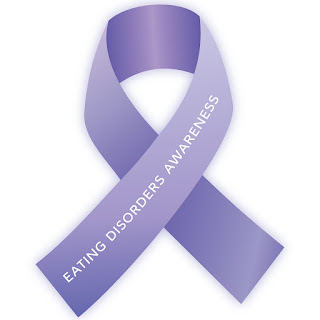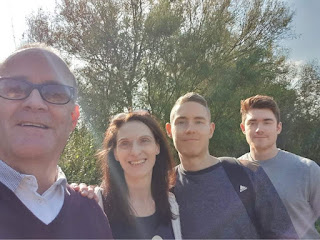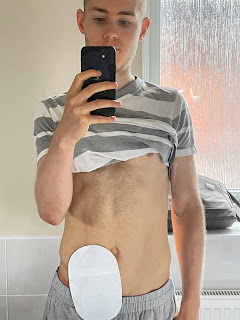Eating Disorders Awareness - Part 1: How not to do it
Now Eating Disorders Awareness Week has passed, it is no less important that we keep banging the drum of awareness. Eating Disorders don't only affect the sufferer (and their support network) for one week of the year, and awareness needs to be for every day too.
But for all the amazing awareness campaigners, advocates and organisations doing brilliant things, there is a fair share of "Awareness" that risks doing more harm than good. I'll try to put a selection on thig blog, it's not an exhaustive list though, and if in doubt, please check out the BEAT Guidelines (Eating Disorder Media Guidelines - Beat (beateatingdisorders.org.uk)
1. "Before" or "Sick" Photos
A common one from a lot of the media, but sadly a growing number of advocates, especially on Instagram. This involves showing a "before" picture, usually of someone severely underweight, followed by an "after" photo, often of them in fitness gear. The media also uses it a lot for "impact" and to get clicks from people as it is visually striking.
Pictures like this do not help raise awareness, actually they can do the opposite. They can perpetuate a stigma that eating disorders are all about being underweight, when actually it is only about 7% of sufferers. Images like this can also be incredibly triggering to people who are struggling, especially as eating disorders can be competitive illnesses.
They may get clicks and reactions, but they do not help raise awareness or work through the stigma.
2. Using Specific Weight/Numbers
How often do we see "Their weight plummeted to just XX Stone", or "They died with a BMI of only XX".
Similar to the issues with "Sick" photos, this only perpetuates stigma about eating disorders. The stigma that they are only people who are underweight as well as stigma that only people who are underweight are at high risk from eating disorders.
The truth is that anyone, of any body size can suffer, eating disorders are incredibly diverse, and being underweight is just one of many risk factors.
3. Only interviewing/platforming young, white, cisgender women with Anorexia
This is common in the media. Raising awareness with no diversity is not awareness, it is stigma.
We need to see more diversity, this includes diversity of:
- Body size
- Gender
- Diagnosis
- Ethnicity
- Age
- Religion
- Social Class



Comments
Post a Comment